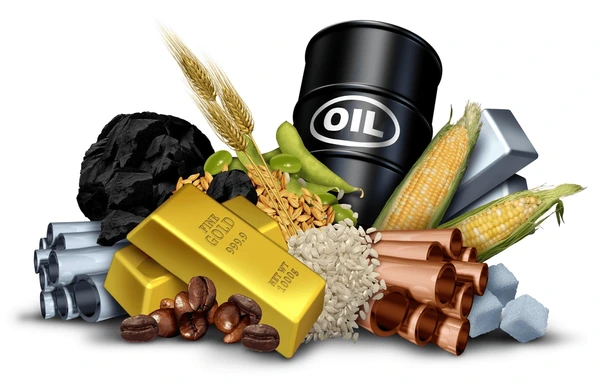


Directory of Turquoise suppliers in Italy
 Fausto Michelotti9 months ago
Fausto Michelotti9 months ago Amber and fossils العنبر والحفرياتAmber, Fossil
Amber and fossils العنبر والحفرياتAmber, Fossil Usama9 months ago
Usama9 months ago Usama javeedDiamond
Usama javeedDiamond محمد محفوظ عبد الله19 months ago
محمد محفوظ عبد الله19 months ago تاجر احجار كريمة وعقيقAgate
تاجر احجار كريمة وعقيقAgate




 Amber and fossils العنبر والحفرياتAmber, Fossil
Amber and fossils العنبر والحفرياتAmber, Fossil Usama javeedDiamond
Usama javeedDiamond تاجر احجار كريمة وعقيقAgate
تاجر احجار كريمة وعقيقAgate